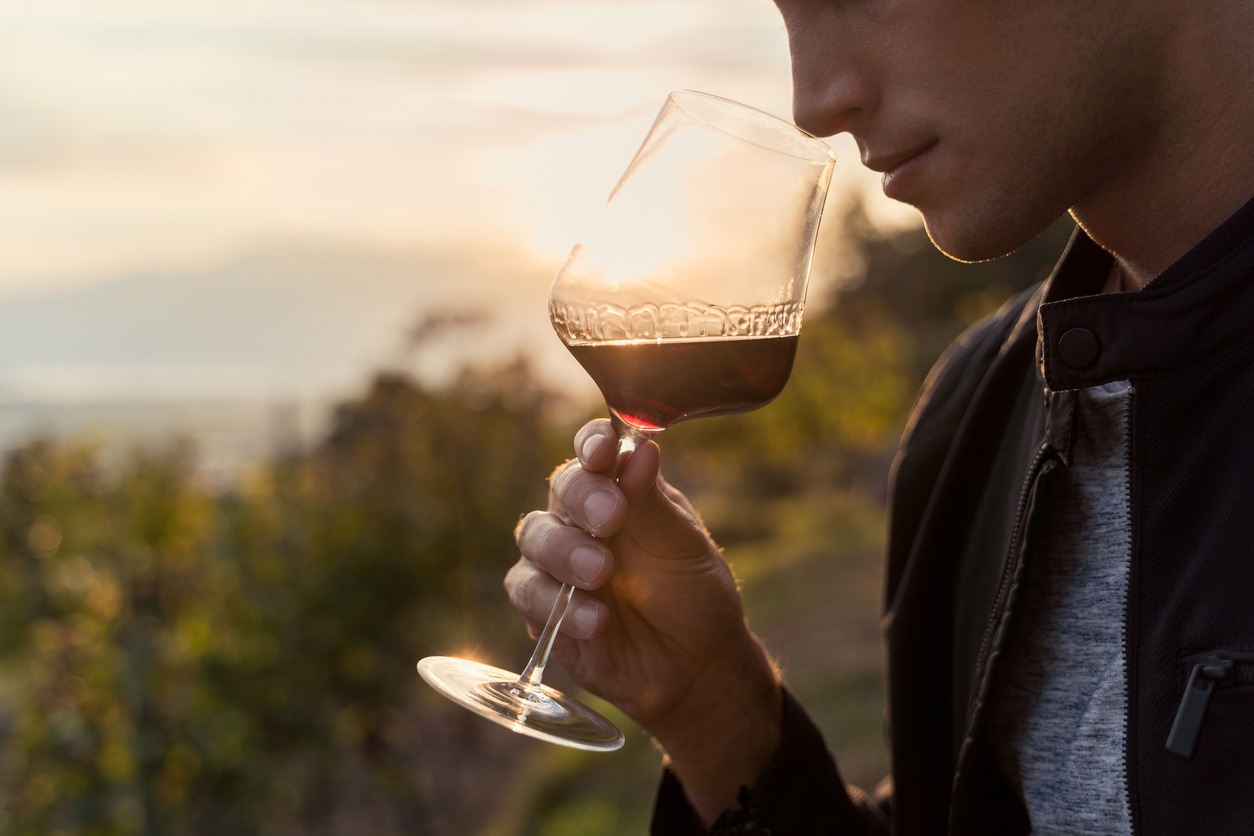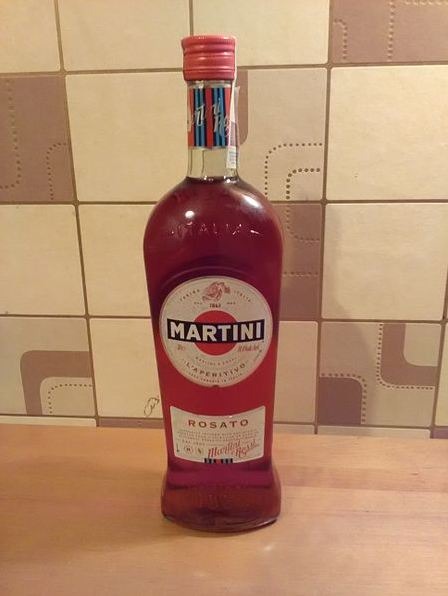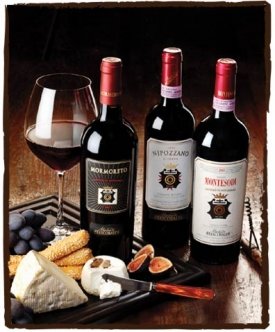How to Serve Wine

Serving wine correctly can add enjoyment to any occasion, from a casual get-together with friends to a more formal dinner party. In addition, being able to serve wine properly also enhances its flavor, and while it may seem like a trivial thing, there is actually some science on a bottle of wine’s pouring process. Here are some helpful tips you should know about preparing, serving, and pouring wine. Also included in this guide are the types of wine glasses suitable for the different kinds of wines served.
Wine Serving Temperatures
The temperature where the wine should be served has an immense impact on its flavor or taste. Serving wine cold would often mask some imperfections, which is good for young or inexpensive wines. On the other hand, a warmer wine allows an accented expression of the wine’s characteristics, thus making it suitable for older or more expensive wine that should be tasted with its full flavor intact.
A bottle of wine will cool at about 4 degrees Fahrenheit for every ten minutes in the refrigerator, and it will turn warmer at about the same rate when removed from the refrigerator and left at room temperature. As such, the temperature of the room will affect the speed in which the wine warms up. If you need to chill a bottle of wine while in a hurry, putting it in the freezer for 20 minutes will do the trick.
Decanting Wine

Decanting is the process of pouring wine into another vessel before serving. This process is typically only necessary for older wines or Port wines, which contain sediments (chalky substance in the wine) that can add bitterness to the wine. Wine decanters, glasses that are shaped like an hourglass, allow the wine to breathe and may improve the flavor of older red wines. In addition, wine decanter also won’t disturb the sediments of the wine, as pouring wine directly on the drinking glass without a decanter will force the sediments to mix with the liquid, thus creating a much bitter flavor.
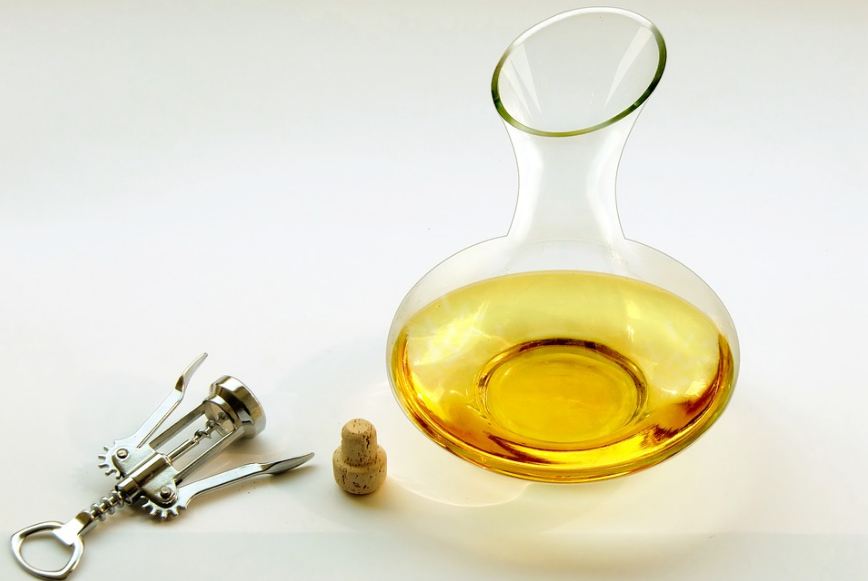
Younger wines also benefit from the aeration and resting process that decanting provides. However, there are some wine enthusiasts that only use a wine decanter for inexpensive wines for aesthetic reasons. Before decanting a wine that contains sediments, let the bottle rest upright, as this position allows any sediment to sink to the bottom. Then, slowly pour the wine into the decanter while keeping the bottle angled in order to prevent any sediment from making its way into the wine decanter.
Pouring Wine

Still wines, the kinds of wine that doesn’t contain CO2 and does not have a fizzy or bubbly texture, should be poured towards the center of the glass, while sparkling or carbonated wines should be poured against the side of the glass to preserve their bubbles. To control the drips of the wine, twist the bottle slightly as you tilt it upright.
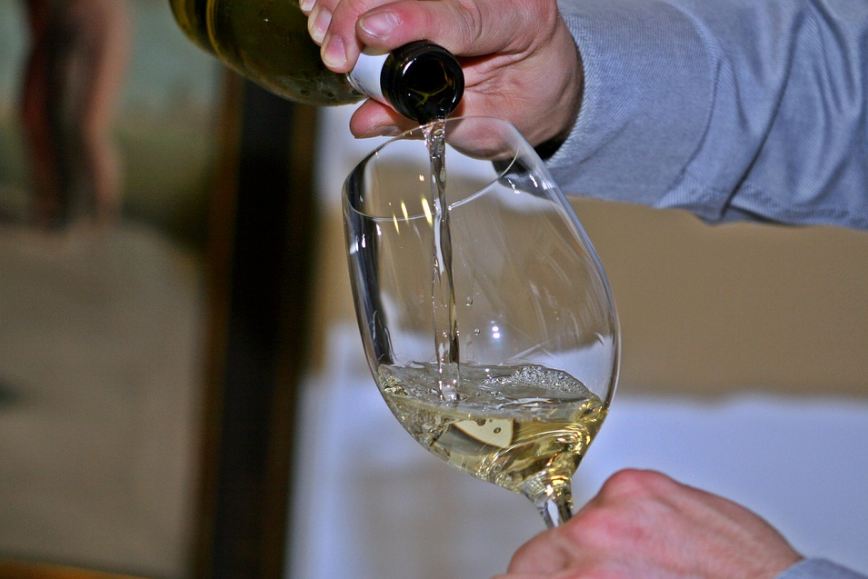
Wine Glasses

The type of glasses that will be used to serve wine is as important as the temperature of the wine. The shape of a wine glass would often have an impact to the taste of the wine, and for this reason, there are different types of wine that are served in different glasses. Be sure to check out big hill winery as well.
The three most popular types of wine glasses are:
- White wine glasses – tulip-shaped glasses that are typically smaller in size compared to red wine glasses. The smaller size of white wine glasses allows the liquid contained within them to have a cooler temperature and a more floral aroma.
- Red wine glasses - more rounded glasses that have a larger bowl and a wider opening. The bigger container of these glasses are said to help regulate the bitterness within the wine, thus allowing the wine to have a smoother taste.
- Sparkling wine flutes - tall and thin glasses that are supposed to compress and concentrate the flavor of the sparkling wine in a smaller container. In addition, the smaller size allows the wine to retain its sparkling texture, as it prevents the CO2 from escaping out of the glass.
A suitable all-purpose wine glass should hold at least 10 ounce, and it also needs to be transparent to allow the taster to examine the color and the body wine. Also, the glass should have a slight inward curve at the top to hold in the wine’s aroma. But remember, too big a glass is better than too small, and the thinner the glass, the better the wine’s features will show.
These are some of the tips that you can follow when serving wine. The process of serving wine is as important as drinking it, as the way it is served or poured greatly affects how it would taste for you and your guests.

